
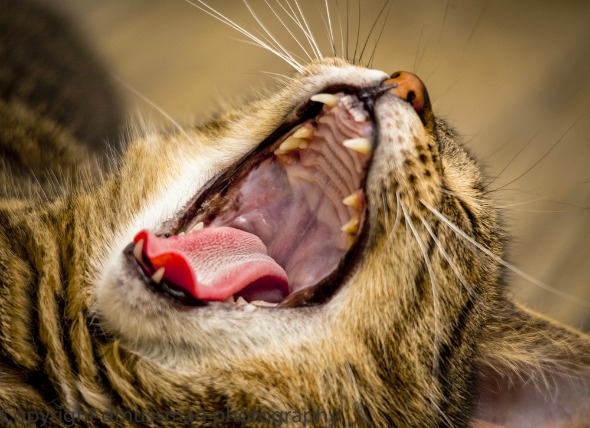
Gingivostomatitis and caudal stomatitis are painful inflammatory conditions seen in the gums and mouth of cats. Gingivostomatitis refers to swelling of the gums, while caudal stomatitis refers to a specific site of swelling inside the mouth. Purebred cats are predisposed to this condition.
Symptoms of gingivostomatitis and caudal stomatitis include chronic bad breath, an unhealthy scruff and/or coat of hair, excessive drooling (pytalism), and difficulty swallowing. Full or partial loss of appetite (anorexia), often seen in the avoidance of hard foods, and weight loss are also a common effect due to these painful symptoms. Other signs include painful lesions on the gums and inflammation that completely surrounds the tooth. This swelling may also extend to the palate.
While the exact causes of gingivostomatitis and caudal stomatitis are unknown. However, it is suspected that the inflammation is caused by a reaction of the immune system to a bacteria or virus. Feline Calici virus (FCV), a virus that commonly causes respiratory infections in cats, has been found to be a possible cause for gingivostomatitis and caudal stomatitis.
The use of X-rays to evaluate gum disease and lesions can be used to reveal how advanced the condition is and, after treatment through tooth extraction, how successful the treatment has been. A urine test may also reveal heightened levels of the plasma protein globulin in cats affected by gingivostomatitis and caudal stomatitis. A biopsy may be given to rule out tumors or cancer as the cause of symptoms.
Once diagnosed, treatment for gingivostomatitis and caudal stomatitis begins with a thorough teeth cleaning above and below the gum tissue, followed by continued home care cleaning. Removing (extraction) damaged teeth is usually necessary, and the most common method of treatment.
When extracting teeth, a high-speed drill with a water spray is used to remove bone where the roots once were. The teeth behind (distal) the canines are removed first. In 60 percent of cases, extraction of these teeth results in complete recovery with no need for further medication. If the condition continues, however, all of the cat’s teeth must be extracted.
Other therapies and medications may be used, such as simple antibiotics, anti-inflammatory drugs, and oral hygiene care. However, these methods are shown to have less long-term success. Any response is typically temporary, and tooth extraction remains the most reliable method.
After a cat has been treated for gingivostomatitis and caudal stomatitis, symptoms should be monitored for success of the therapy as well as potential side effects. Initial X-rays after surgery can reveal the success of the treatment. Oral hygiene should be continued in the future to prevent further problems.
As the causes of gingivostomatitis and caudal stomatitis are unknown, no certain preventative measures can be taken. General oral hygiene may prove helpful. Note that purebred cats are more likely to develop this condition, and purebred cat owners should be alert for possible symptoms.
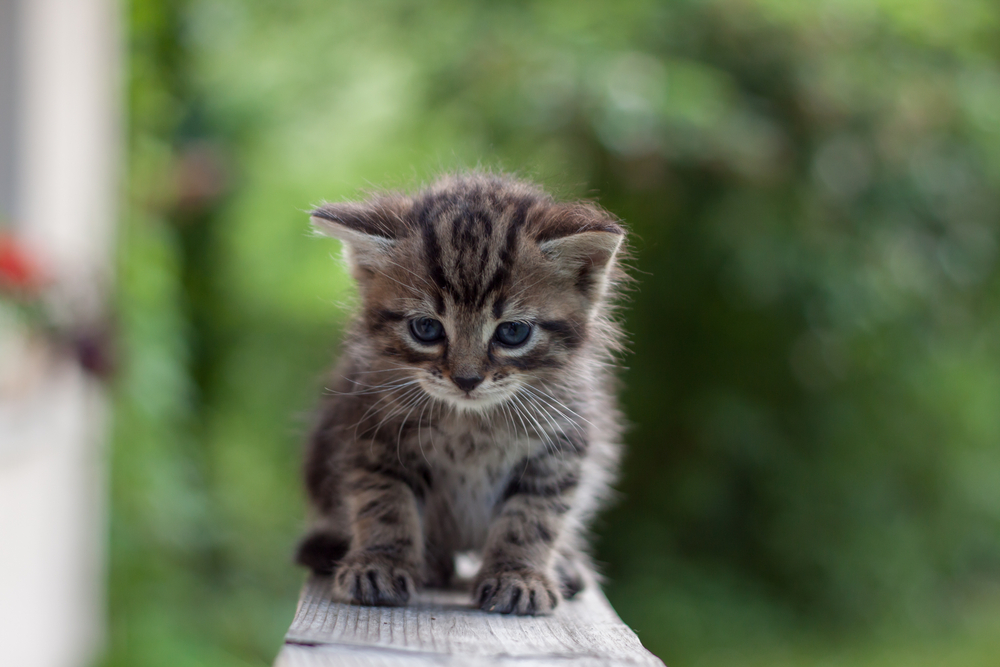 Hernia (Hiatal) in Cats
Hiatal Hernia in Cats
A hernia occurs when one pa
Hernia (Hiatal) in Cats
Hiatal Hernia in Cats
A hernia occurs when one pa
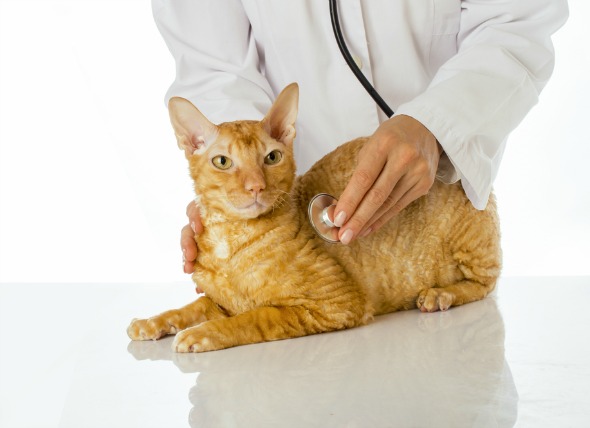 Distemper in Cats
Feline Panleukopenia Virus in Cats
Feline Panleuk
Distemper in Cats
Feline Panleukopenia Virus in Cats
Feline Panleuk
 Ingestion of Feces and Foreign Objects in Cats
Coprophagia and Pica in Cats
Pica is a med
Ingestion of Feces and Foreign Objects in Cats
Coprophagia and Pica in Cats
Pica is a med
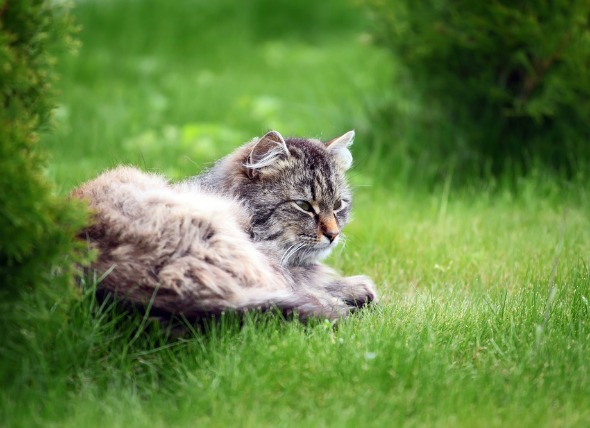 Fainting in Cats
Syncope in Cats
Syncope is a medical condition th
Fainting in Cats
Syncope in Cats
Syncope is a medical condition th
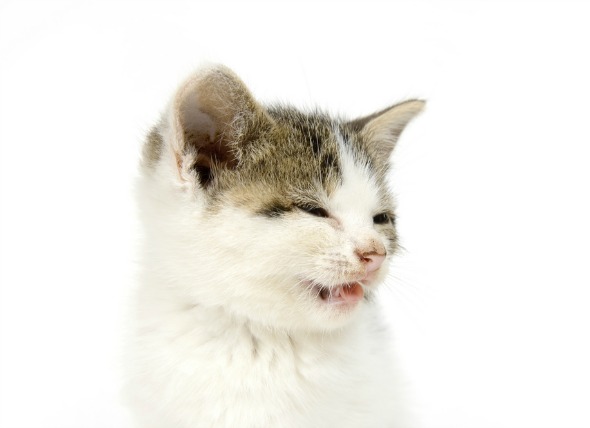 Feline Herpesvirus 1 (FHV-1) Infection - Head Cold in Cats
Feline Rhinotracheitis Virus Infection (Coryza) in Cats
Feline Herpesvirus 1 (FHV-1) Infection - Head Cold in Cats
Feline Rhinotracheitis Virus Infection (Coryza) in Cats
Copyright © 2005-2016 Pet Information All Rights Reserved
Contact us: www162date@outlook.com